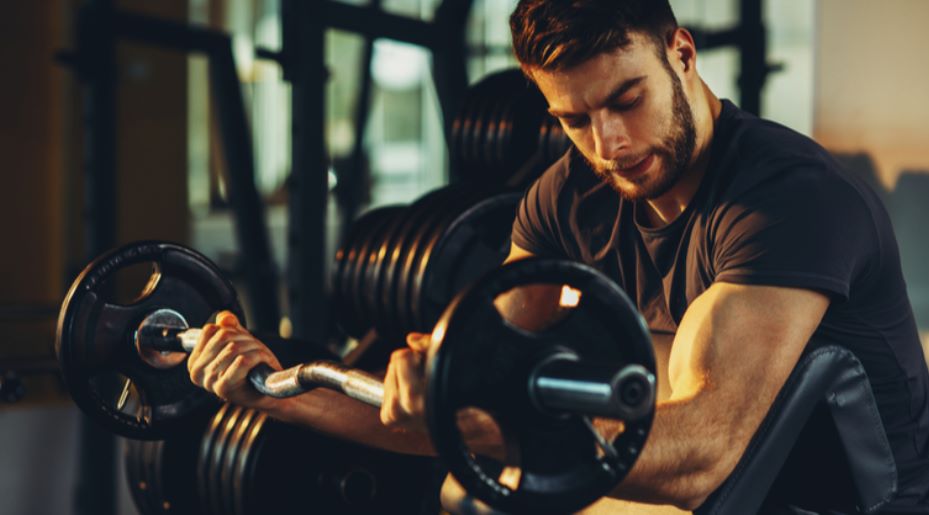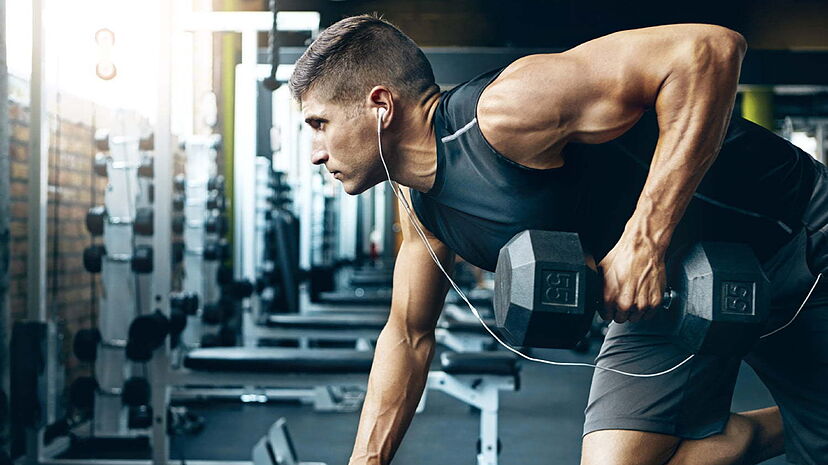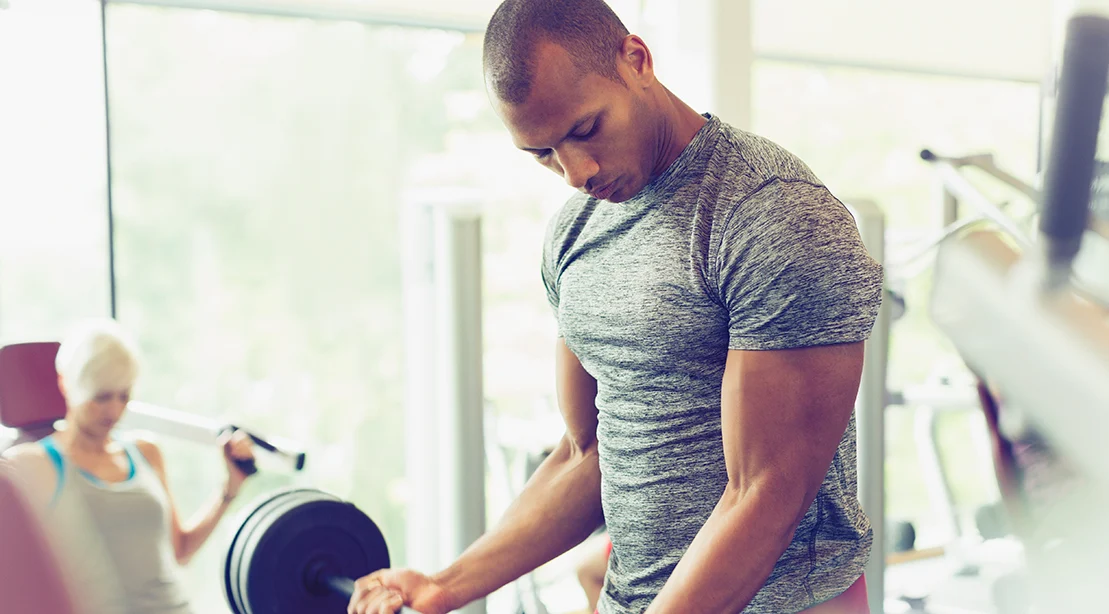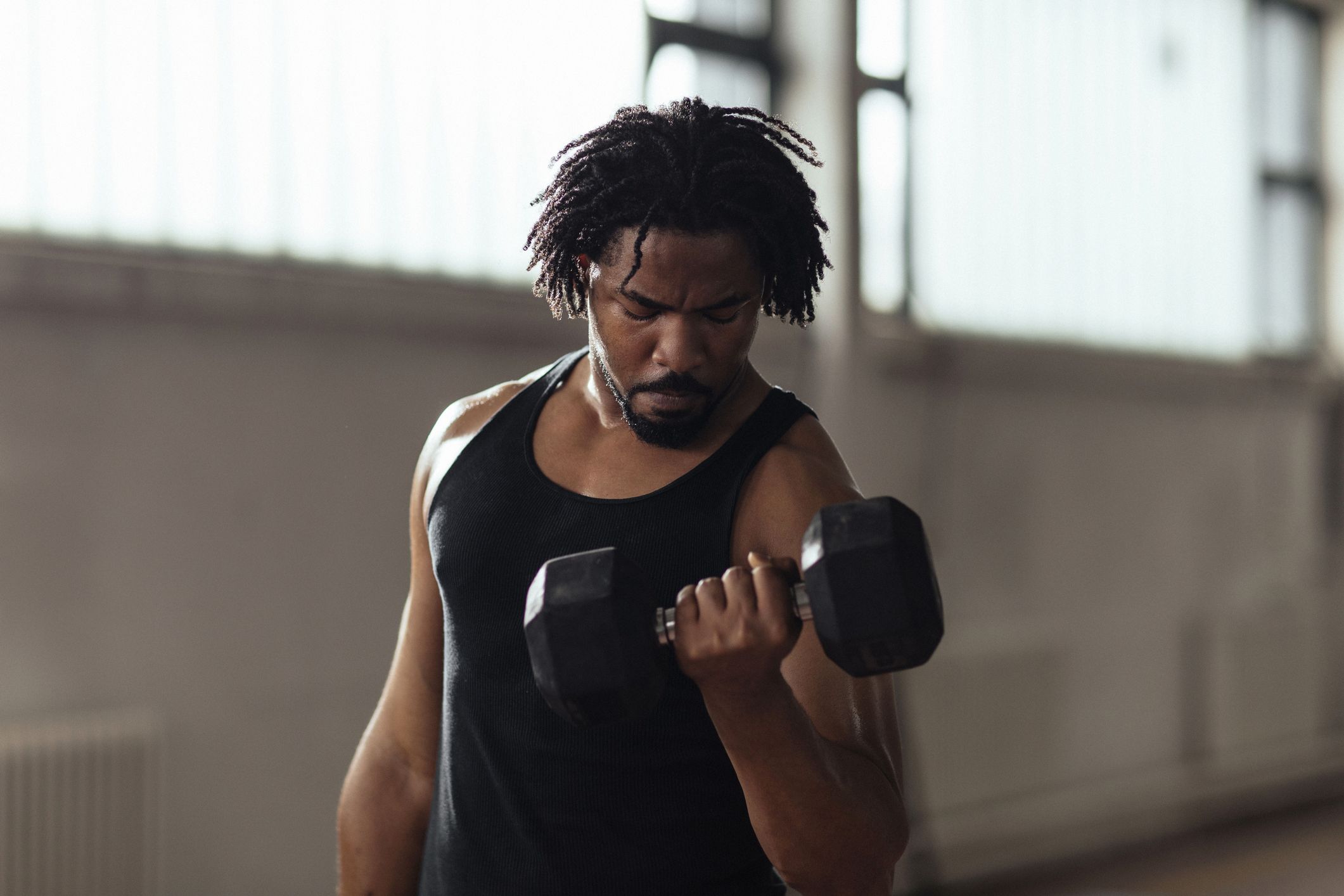The Best Arm Workouts For Size, Strength & Beginners
A pair of big arms can do a lot more for you than just grabbing attention at the beach. From bear
hugs to
bench press competitions, your biceps and triceps are involved in almost everything you do in and
out of the
gym.
While some will puff their chests and declare that they built their arms with pull-ups,
presses,
or — somehow — squatting, most lifters who have been in the game awhile will concede that if you
want big
arms, you have to train for big arms.

Best Arm Workout for Size
When it comes to bodybuilding, if you were to ask five of the most successful competitors
ever how
they built their arms, you’d probably get five different — but valid — answers. Arnold himself was
infamous
for his grueling, superset-heavy high-volume biceps and triceps training. Dorian Yates, however,
believed in
pushing intensity as high as possible for fewer total sets.
Naturally, the best line to walk is probably straight down the middle. Whether it is your triceps or
trapezius, the tenets of muscle growth are mostly the same. Train hard (but not too hard), pick the
right
exercises, and, most importantly, fuel your body well.
The Workout
Since your arms have supporting roles in basically all upper body training, direct arm sessions
needn’t be
performed with extremely high frequency. Extra sessions might be helpful if you’re a particularly
advanced
trainee, but be sure to modulate your training volume accordingly.
These exercise selections are well-rounded suggestions, but remember that bodybuilding is highly
individual.
If you struggle to elicit a good contraction with an exercise, don’t force a square peg into a round
hole.
Substituting exercises that don’t serve you well can potentially spare you injury and keep you on
the fast
track to progress.
- Cheat Curl or Barbell Curl: 3 x 6, two minutes rest
- Incline Dumbbell Hammer Curl or Reverse Curl: 3 x 8 -10, 90 seconds rest
- Dumbbell Spider Curl or Preacher Curl: 2 x 12 – 15, 60 seconds rest
- Close-Grip Bench Press: 3 x 6 – 8, two minutes rest
- Cable Pressdown (V-Bar or Cambered Bar): 3 x 8 – 10, 90 seconds rest
- Rope Overhead Extension or Cable Kickback: 2 x 12 – 15, 60 seconds rest

Best Arm Workout for Strength
If you’re more inclined towards pushing your limits with the barbell, direct arm work still merits a
place in
your routine. From a powerlifter’s bench press to a strongman’s Atlas stone lift, the arms play a
critical
role in strength sports.
The two main factors when integrating arm work into a strength routine are 1) the exercises should
complement
your primary lifts or activities, and 2) the training should not hamper your performance elsewhere.
As such,
perform this workout on its own day or after your primary training, and don’t be afraid to adjust
volume as
needed.
- Hammer Curl: 4 x 6, two minutes rest
- JM Press: 4 x 6, two minutes rest
- Reverse Preacher Curl: 2 x 10 – 12, 90 seconds rest
- Overhead Rope Extension: 2 x 12 – 15, 90 seconds rest
- Plate Pinch: 2-3 sets to failure, 60 seconds rest

Best Arm Workout for Beginners
If you’re just getting started in the gym, you have a lot more going for you than you might think.
Between
rapid gains in strength, hypertrophy, work capacity, or even flexibility, your first few years of
training are
an embarrassment of riches.
That said, making the most of it is what matters. If you want your guns to be the most impressive
part of your
physique arsenal, a well-calibrated arm workout is your best friend in the weight room.
For
exercise
newbies, one of the best things about your training “economy” is your rate of return. In simple
terms, this
means that first-timers can get a lot out of a little. More volume and intensity will be required
with more
years of training under your lifting belt, but beginner programs should be lean and mean.
Perform this workout once per week to start, adding weight or reducing rest times as it gets easier.
- EZ-Bar Skull Crusher: 3 x 8, two minutes rest
- Standing Dumbbell Curl: 3 x 8, two minutes rest
- Dumbbell Overhead Extension: 2 x 10 – 12, 60 seconds rest
- EZ-Bar Reverse Curl: 2 x 12 – 15, 60 seconds rest

Latest News

Watch Jesse James West Learn To Train Chest with Bodybuilders Urs Kalecinski and Sadik Hadzovic
Discover Men’s Open Bodybuilder Hunter Labrada’s Push Day Six Weeks Out From Competition
2023 Lenda Murray Atlanta Pro Bodybuilding Show Results
2023 Vancouver Pro Bodybuilding Show Results — Hassan Mostafa Wins Men’s Open Title